An Internship Network in the Mathematical Sciences
Most mathematical sciences departments—especially at research universities—primarily prepare Ph.D. students for academic careers. However, the substantial growth in Ph.D. programs across the U.S. means that the number of Ph.D. students who graduate each year far exceeds the number of available tenure-track placements. After a few years in postdoctoral positions, many students belatedly realize that careers in business, industry, and government (BIG) offer a myriad of promising opportunities.
This mismatch between academic preparation and graduates’ career pathways has troubled us for some time. In 2013, Richard Laugesen, Yuliy Baryshnikov, and Lee DeVille of the University of Illinois Urbana-Champaign (UIUC) created the Program for Interdisciplinary and Industrial Internships at Illinois (PI4) to provide technical training, open-ended summer research opportunities, and a limited number of interdisciplinary or industrial internships at local companies. The PI4 program was funded by the National Science Foundation (NSF) and had a major impact on participating students. Two years later and in pursuit of similar goals, Fadil Santosa and Daniel Spirn (then both of the University of Minnesota) created the Math-to-Industry Boot Camp within the Institute for Mathematics and its Applications; this program continues to draw participants from around the country who receive technical training and take part in industry-sponsored group projects.
With encouragement from Philippe Tondeur, we built upon these initiatives to develop a concept that is loosely modeled on Canada’s wildly successful Mitacs program. We pitched our idea to NSF’s Division of Mathematical Sciences, and their positive feedback prompted us to submit an unsolicited proposal to their Research Infrastructure Program. The proposal sought to prepare students from a variety of universities for internships that would result from our intensive efforts to establish relationships with companies. We received funding for the Internship Network in the Mathematical Sciences (INMAS) in 2020, and the networks’ two branches—centered at UIUC and Johns Hopkins University (Santosa’s current institution)—soon sprang into action.
About INMAS
INMAS launched in the early days of the COVID-19 pandemic. The Midwestern branch initially consisted of the hub at UIUC and nodes at the University of Illinois Chicago, Indiana University, and Washington University in St. Louis; the University of Iowa joined in the second year. The Mid-Atlantic branch began with the hub at Johns Hopkins and nodes at the University of Delaware, Drexel University, and the University of Maryland, Baltimore County; George Mason University and the University of Maryland, College Park joined soon after. The Math Alliance is also a node for both branches. We serve as directors of INMAS, with support from associate directors Lukas Leisman of UIUC in the Midwest and Martin Lacasse of Johns Hopkins in the Mid-Atlantic. Leisman and Lacasse focus on connecting with companies and persuading them to create internship positions for Ph.D. students in our program.
Three distinct steps drive the annual INMAS workflow:
- Preparing student cohorts for internships
- Curating internship positions
- Placing students into internships.
Internship preparation involves both technical and professional components. For the technical side, INMAS students partake in four workshops on Python programming, statistics, machine learning, and group projects. These workshops initially occurred online due to the pandemic, but the program’s current iteration is conducting most of them in person. In terms of professional skills, participants are coached on resume building, networking, and interview preparedness. INMAS associate directors serve as mentors to the students and gather insights into their strengths and employment preferences.
During the second, most innovative step in the INMAS workflow, we connect with prospective employers to “curate” internships. Companies with a scientific focus—such as remote sensing or carbon sequestration, for example—often already have some potential projects for applied mathematicians and are excited by the prospect of student interns. Other companies need some guidance; they might not usually consider hiring mathematical scientists but may be willing to try after hearing that the students can utilize data or undertake machine learning tasks.
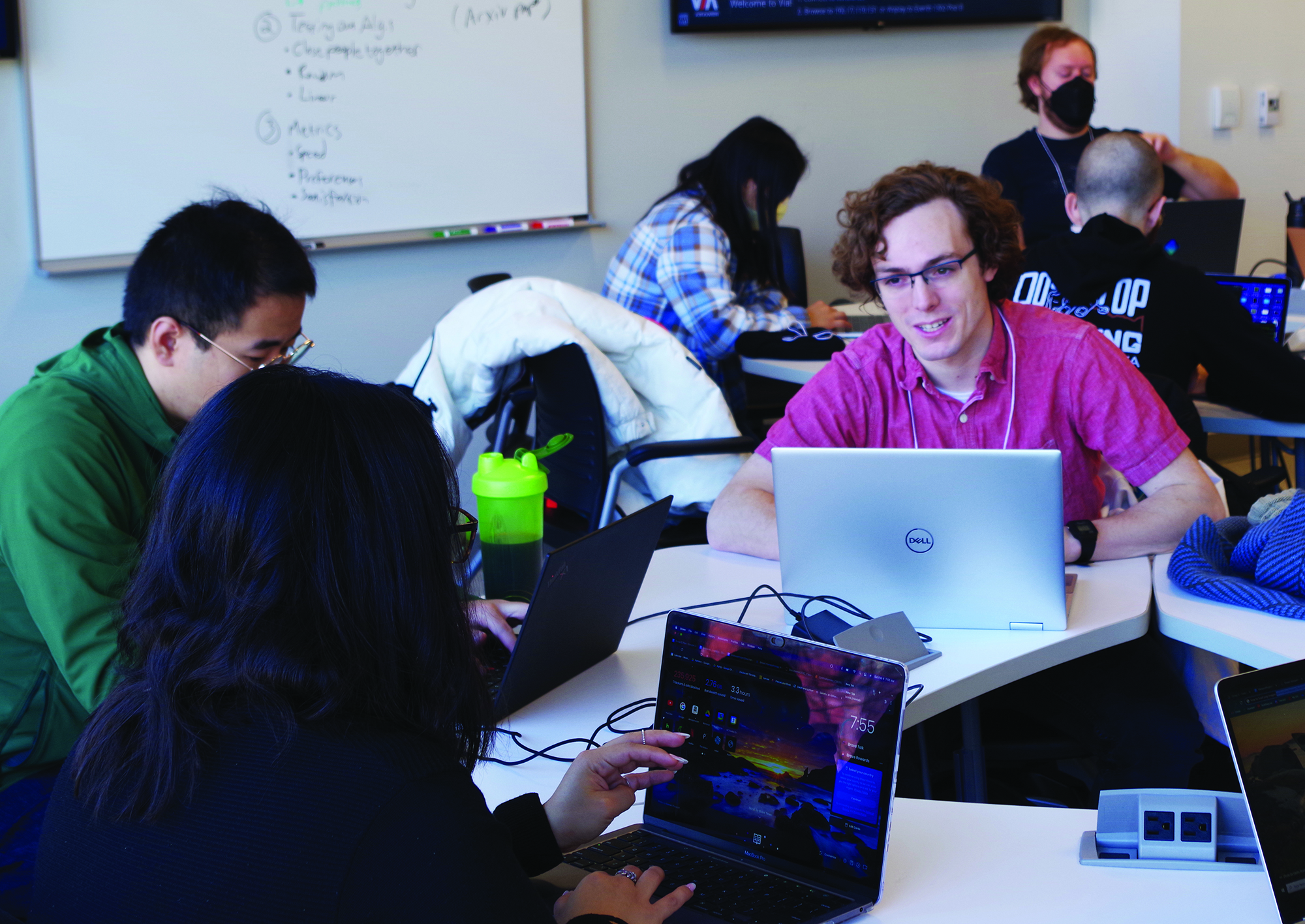
We find the most success with small-to-medium-sized companies that do not have formal internship programs. We explain that INMAS will lower their in-house costs by using NSF funds to partially support the interns while simultaneously providing a pool of pre-screened candidates with relevant, applicable skills — therefore reducing the difficulty of finding qualified students. The internship component of INMAS thus enables companies without sizeable research staffs to nonetheless deploy modern mathematical tools.
Identifying and contacting potential host companies requires sustained effort throughout the year. We have done well with organizations that received grants through the U.S. government’s Small Business Innovation Research and Small Business Technology Transfer programs. Ph.D. alumni from INMAS node universities who currently work in industry serve as another good source of connections, as do companies in campus research parks and regional business incubators.
During the internship placement step, we attempt to solve the stable matching problem in a collaborative way. Students read project descriptions from the companies and communicate their preferred choices to our associate directors. The associate directors then send a subset of qualified students to each company for consideration. The companies review the resumes, conduct interviews, and typically make an offer to one or more students.
Key Takeaways of INMAS
INMAS’ network structure helps to build a community of mathematical scientists with similar interests who will support each other in their career journeys. It also allows us to pool resources so the directors can train students at scale. Perhaps most importantly, INMAS fills a gap that exists within every department in the network: a lack of personnel who work specifically to connect students with internships.
The direct connection between students and employers is critical to INMAS’ success. Simply training students is not enough because most mathematics graduate students need guidance when securing their first internships. In fact, INMAS participants who apply independently for positions—as we encourage them to do—often submit hundreds of applications to no avail. But host companies have been uniformly impressed with the contributions of their INMAS interns, who serve as firsthand proof that industry can benefit from looking beyond the traditional recruiting pool of engineering students. Students who complete an internship through INMAS are much better positioned to independently obtain another internship or full-time employment in subsequent years.
The culture change in Ph.D. programs at node universities is also important, as students who enjoy their internships talk with peers and normalize the (perfectly normal) goal of a career in industry. This type of attitude shift is long overdue in many mathematics departments.
Over the past three years, INMAS has provided training to 200 students. 33 of these students found internships independently, while INMAS placed 107 students into internship positions (the remaining students chose other paths or deferred internships to the following year). In 2023 alone, 32 different companies throughout the U.S. hosted INMAS interns.
Programs with Similar Missions
Mitacs, which served as our inspiration, is a significant contributor to workforce development in Canada. Established in 1999, its major internship program—Mitacs Accelerate—now places more than 15,000 students in positions each year [1]. Like with INMAS, the partner companies receive a subsidy for each project. Mitacs’ reach is broad and includes nearly all disciplines; their funding comprises more than CAD $200 million per year and comes from federal and provincial government sources.
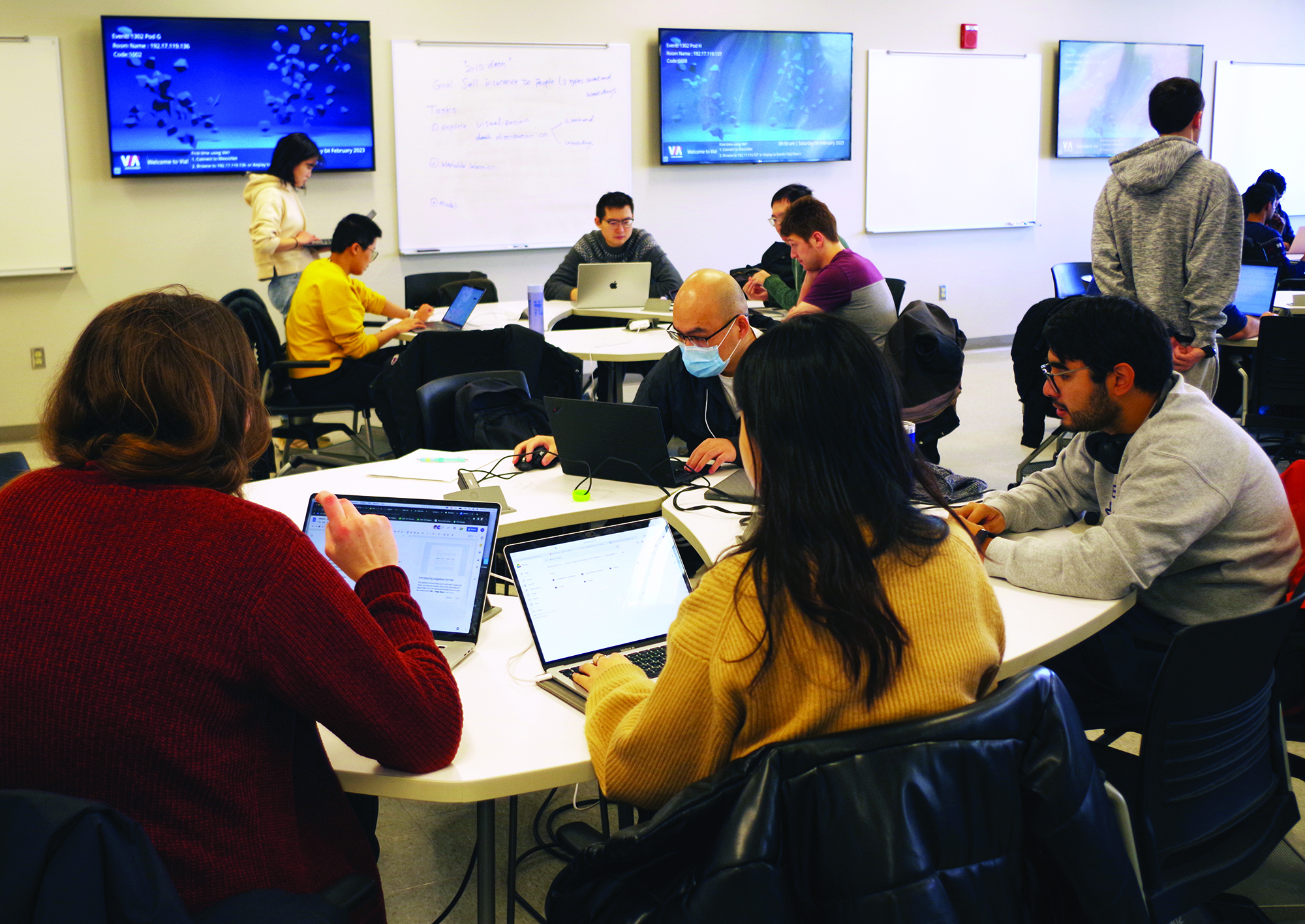
The Erdös Institute, which originated at Ohio State University, also provides training and job connections for Ph.D. students in the sciences. The Institute collaborates with both universities and companies; students from partner institutions receive training in several key areas of coding and data science that are valuable in the job market, and partner companies have access to a talent pool for full-time hires after graduation. Unlike Erdös, INMAS focuses on internship placement prior to graduation.
Over the last decade, bootcamp-type programs that prepare new and recent Ph.D.s for data science and engineering roles have grown in popularity. Organizations such as the Insight Fellows Program, The Data Incubator, and NYC Data Science Academy all offer this type of training. The business model for such programs is continually evolving, and participants must generally pay a substantial tuition fee.
In recent years, NSF also partnered with the Oak Ridge Institute for Science and Education to create the Mathematical Sciences Graduate Internship Program. Participating students spend the summer in Department of Energy labs and work under the supervision of laboratory scientists on projects that often have an academic flavor. In contrast, INMAS interns typically tackle projects that impact the immediate future of the host company.
Preparing All Students for Internships
INMAS centralizes training and placement to effectively handle a large volume of students. This approach—while certainly efficient—requires a tremendous amount of effort to coordinate the many interdependent parts and their logistical complexities. However, we believe that individual university departments can achieve similarly good results on a smaller scale.
For instance, students can obtain useful technical training through several avenues:
- Taking a Python programming course on campus or online (departments can reimburse students for any costs)
- Taking an intermediate statistics or statistical learning course, or an online course with certification
- Enrolling in a machine learning course (through another department if necessary)
- Forming a team and entering a Kaggle competition.
In addition, students can hone their professional skills via certain steps:
- Working with campus career services and faculty members and utilizing online resources to prepare a resume and LinkedIn profile
- Reading SIAM’s BIG Jobs Guide, a practical career book for students in the mathematical sciences [2]
- Studying training material about elevator pitches and behavioral interviews from sites like Glassdoor and Indeed
- Practicing interview skills with peers.
Departments can create internship opportunities for their students by appointing a faculty member to develop relationships with relevant companies in the following ways:
- Inviting alumni who work in industry to speak on campus about their career journeys and roles at their current companies
- Connecting with university-run industrial parks or tech incubators
- Cold-calling or emailing local employers, particularly those with science Ph.D.s on staff
- Encouraging students to also apply for internships directly.
Departments should recognize the efforts of this designated faculty member. Their work with graduate students and companies is not a voluntary “extra” — it is an important contribution to both the department and the future of the profession.
Finally, SIAM provides a wealth of information for job seekers on its Career Resources page and Internships page, through the SIAM Job Board, and via its regular career fairs. The SIAM Industry Committee also hosts panel discussions during which SIAM members who work in industry share their experiences and offer advice to attendees.
Of course, there is always more to be done. We encourage readers to contact us with questions and ideas at laugesen@illinois.edu or fsantos9@jhu.edu, and please visit the INMAS website for more information. We look forward to hearing from you!
Student Testimonials
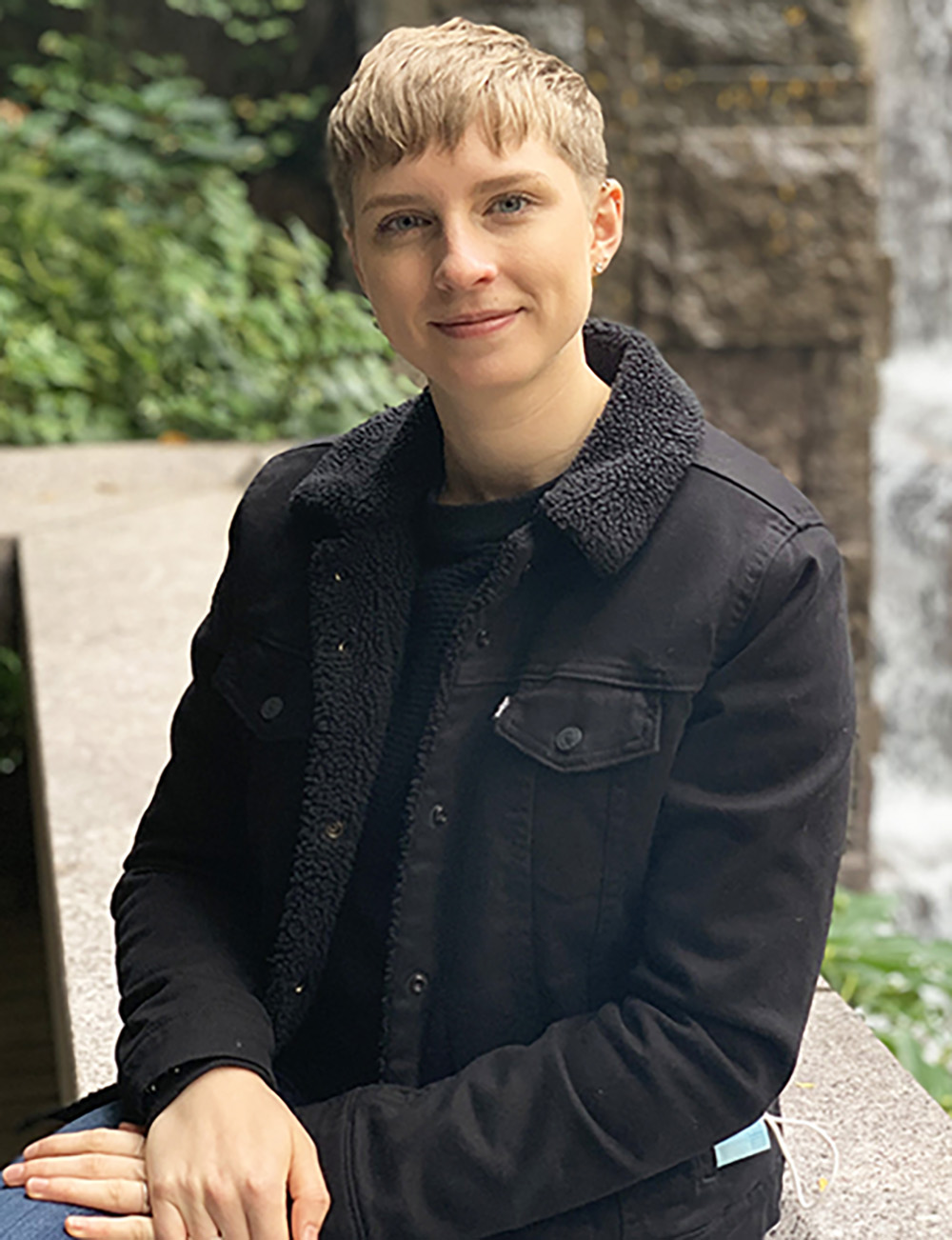
Alexandria Wheeler, University of Illinois Chicago
“My participation in the INMAS training program and my summer internship at Clarix Imaging have been incredibly rewarding experiences. The INMAS workshops provided essential internship skills and introduced me to a network of professionals in mathematics, some of whom I am still in contact with. During my time at Clarix Imaging, I had the opportunity to work on an exciting project to develop an algorithm for detecting localization devices in cancerous breast tissue. This internship exposed me to math’s many practical applications in the medical technology industry. I am drawn to fields like this where I can see the direct positive impact of my work, and this experience has equipped me with the tools and confidence to pursue them in my future.”
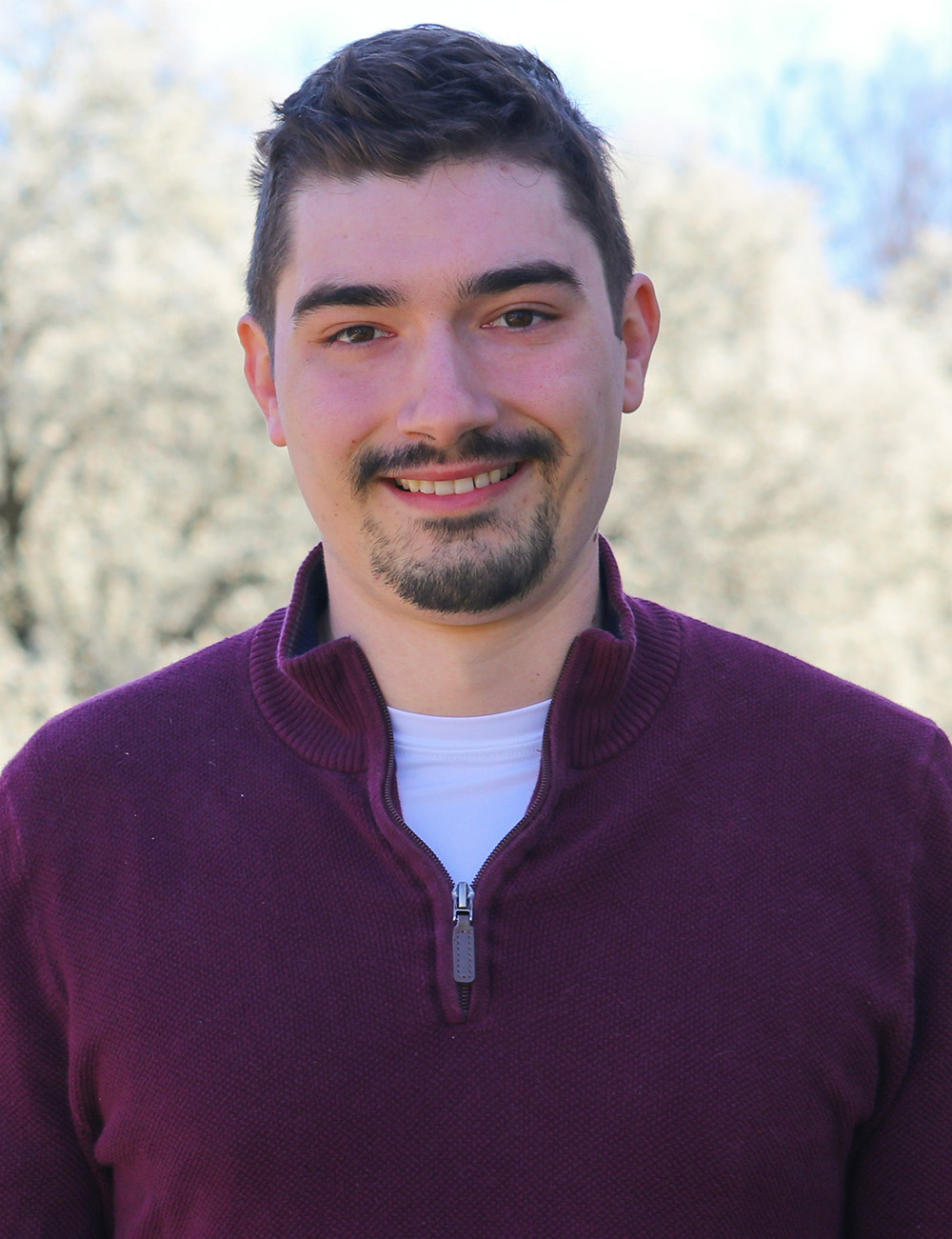
Jerome Troy, University of Delaware
“Participating in INMAS gave me a concrete understanding of what a career in industry looks like and how my skills fit into an industrial setting. The best part of the experience was going through the entire job-hunting process, then applying myself directly through an internship. I worked for a software company called InVivo Analytics, where I developed novel methods to process preclinical medical images. INMAS taught me how to express my research ideas and career goals to industry professionals, providing the confidence and skills to start my career in the industry.”
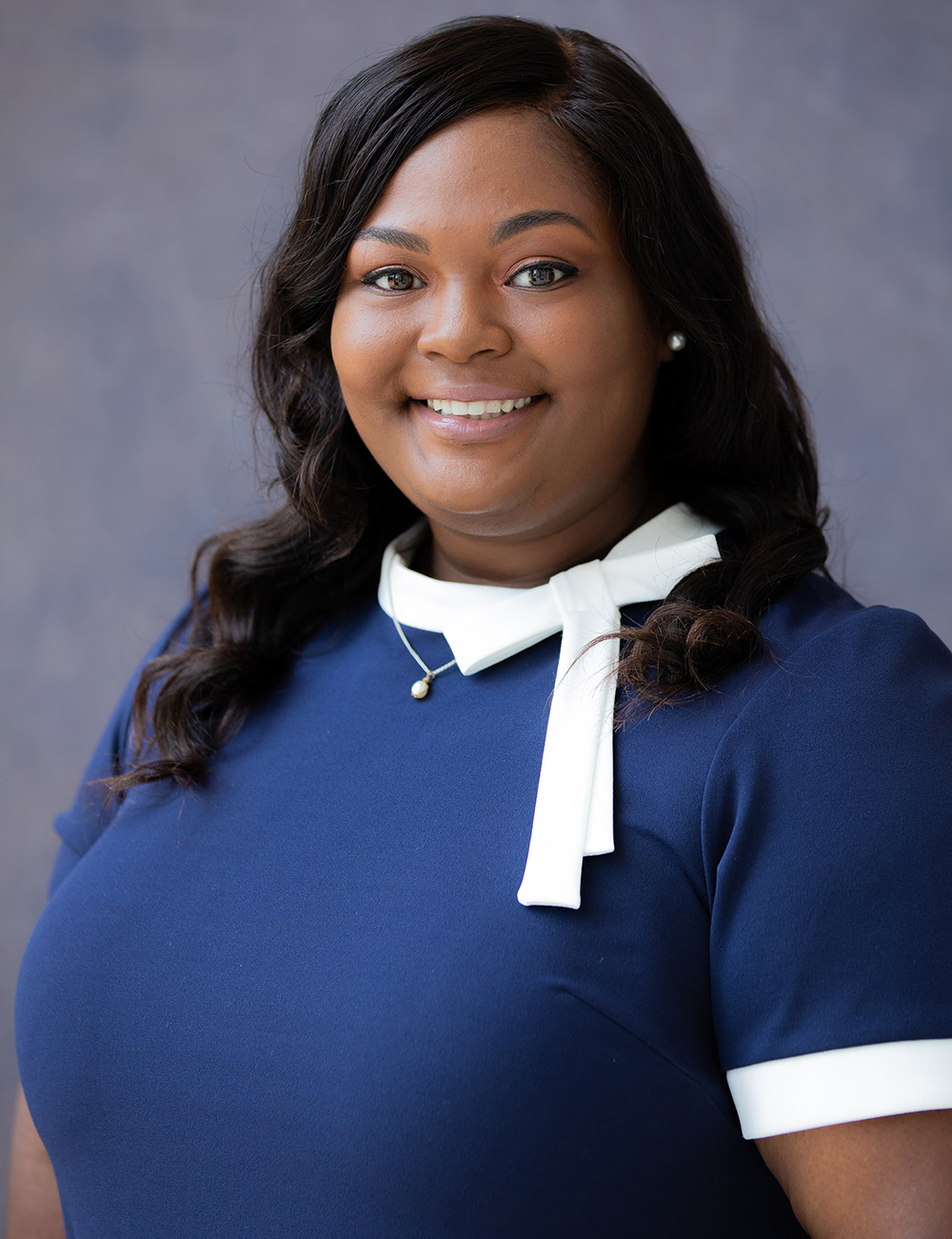
Skylyn Irby, University of Alabama
"People often mention that mathematics skills are transferable. The training and opportunities that INMAS provides allowed me to experience practical applications of these skills in industry. I interned with Emerald Development Managers, a venture capital firm that invests in start-up tech companies. As an intern, I conducted exploratory research and data analyses of the markets as well as potential benefits and risks that are associated with different companies. I now feel more confident in my ability to use mathematical reasoning in an industry setting."
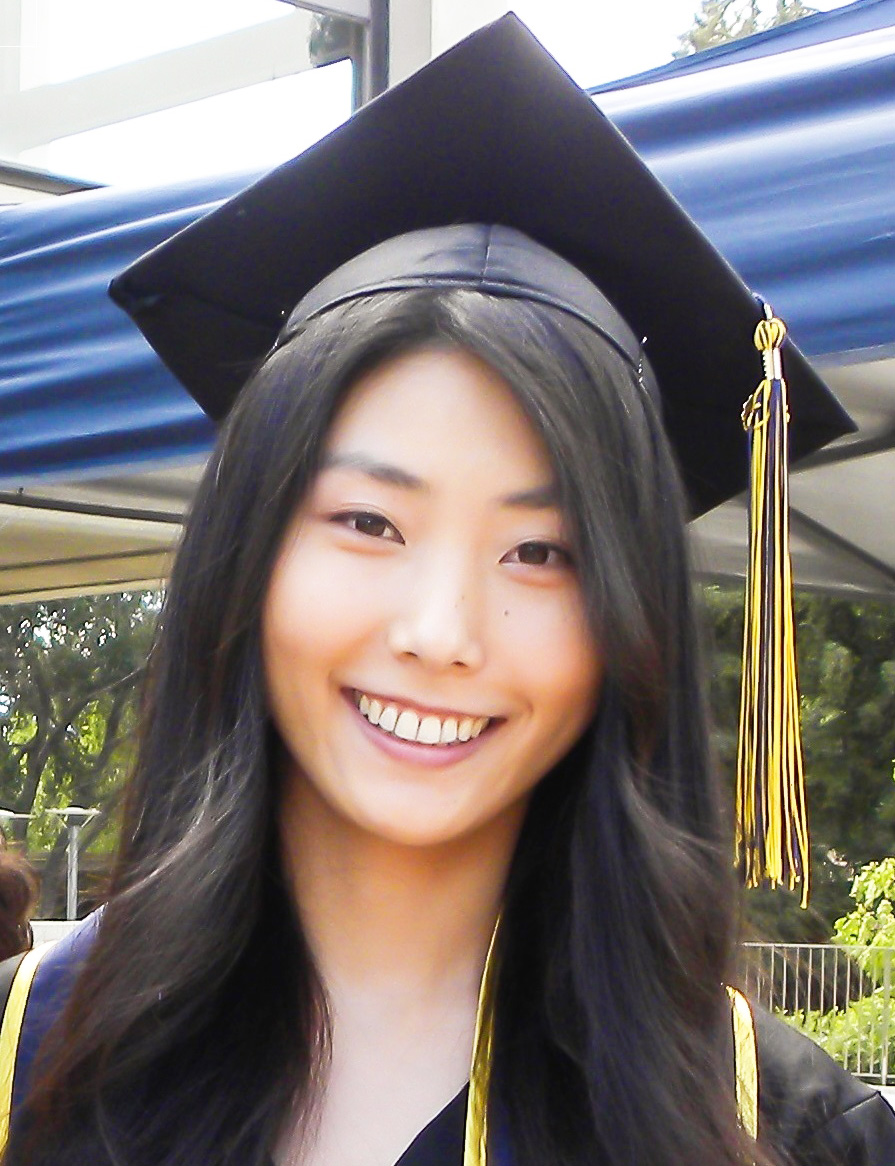
Rachel Lee, University of Maryland, College Park
"Prior to joining INMAS, I only had a vague idea of the types of jobs that are available outside of academia and didn't know how to start looking for them. INMAS provided me with the tools to tackle these questions and helped me to find an internship for the summer. INMAS workshops allowed me to gain experience by working on challenging exercises and projects in a team-based environment, which was useful for building a resume and very fulfilling on a personal level. During my internship at Current Surgical, I applied machine learning to ultrasound image processing. I am quite lucky to have two senior-level mentors who also hold Ph.D.s and understand the transition from academia to industry."
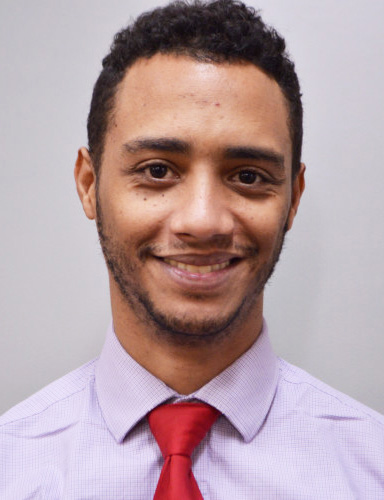
Don Brusaferro, George Mason University
"My participation in INMAS has given me insight into various topics of research and the methodologies that achieve meaningful results. It allowed me to explore interesting topics in a practical setting, learn new relevant material, and apply this learned material to my dissertation. During my internship at Combustion Science and Engineering, Inc., I gained better insight into what a productive career in industry would look like based on my background. It was very satisfying to see the usefulness of the material that I had learned. This experience gave me a greater understanding of how to conduct research at a meaningful level with industrial supervision and reinforced my inclination to work in industry after graduation."
References
[1] Adem, A. (2019). Mitacs: Mathematical roots for innovation in Canada. Notices Am. Math. Soc., 66(8), 1290-1293.
[2] Levy, R., Laugesen, R., & Santosa, F. (2018). BIG jobs guide: Business, industry, and government careers for mathematical scientists, statisticians, and operations researchers. Philadelphia, PA: Society for Industrial and Applied Mathematics.
About the Authors
Richard Laugesen
Professor, University of Illinois Urbana-Champaign
Richard Laugesen has taught at the University of Illinois Urbana-Champaign since 1997, where his research focuses on partial differential equations and spectral theory. As a former Director of Graduate Studies, he promotes mathematical careers in industry and government and works toward a future in which more women and minority students pursue graduate-level mathematics.
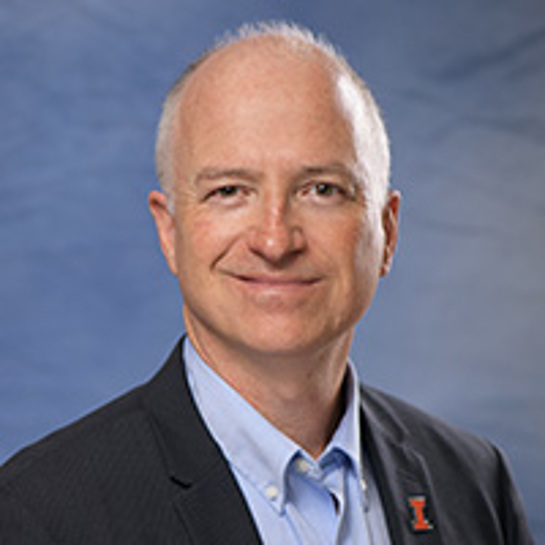
Fadil Santosa
Department Head, Johns Hopkins University
Fadil Santosa is the Yu Wu and Chaomei Chen Department Head of Applied Mathematics and Statistics at Johns Hopkins University. He was formerly a professor of mathematics at the University of Minnesota and served as director of the Institute for Mathematics and its Applications from 2008 to 2017. Santosa works in several areas of applied mathematics, including inverse problems, optimal design, and optics.
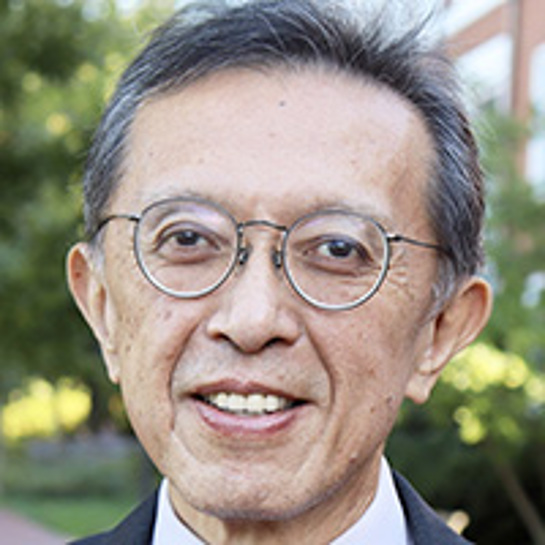
Stay Up-to-Date with Email Alerts
Sign up for our monthly newsletter and emails about other topics of your choosing.



